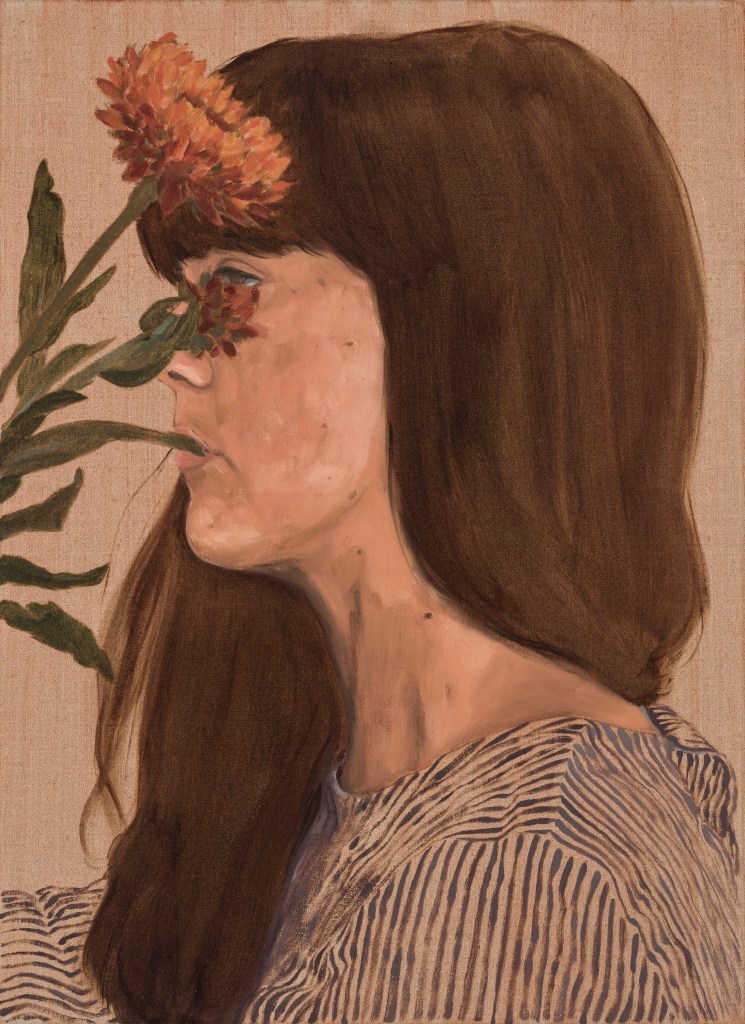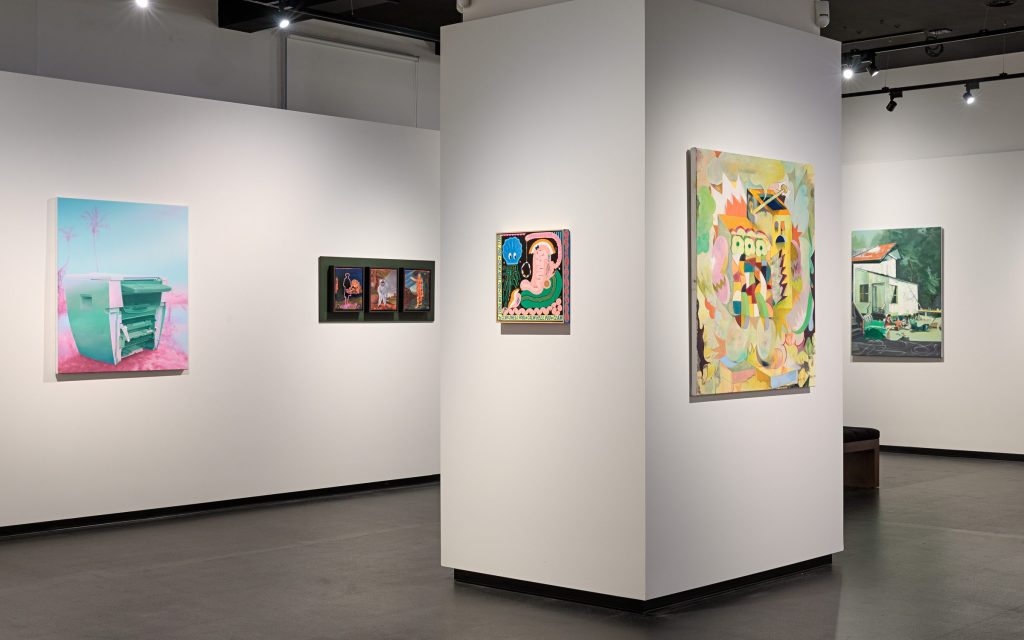Relaunching with a fresh name and mission this year is the Bayside Painting Prize (previously Bayside Acquisitive Art Prize), with a significant increase in prize money. The Major Prize, now no longer acquisitive, has increased to $25,000 from $15,000, while the Beckett Local Prize, named in honour of local modernist Clarice Beckett (1887–1935), is now acquisitive and offers $10,000, up from the previous $3000.
Joanna Bosse, 2024 Bayside Painting Prize judge and Bayside Gallery curator, says entering the Bayside Painting Prize is ‘a great opportunity for painters to have their work seen in Melbourne’. She continues: ‘The fact that it’s an annual prize allows for a good representation of what’s happening, literally within the last year, with works made in the last 12 months of the entry date – it’s fresh and current.
‘The other unique aspect of the Prize is that we’re trying to create more engagement with the unique characteristics of the Bayside area. This includes the shift towards a non-acquisitive $25,000 Major Prize and making the Beckett Local Prize acquisitive which, while honouring and celebrating the work that artists create nationally, shows that there’s interest to encourage engagement with the unique features of our locality.’
The Bayside Painting Prize is an invitation to uncover some of the significant art history of the municipality, with the Local Prize based on either the artist’s location or engagement with Bayside – its history, landscape and people. Bosse says: ‘Bayside has a unique art history within Australia. It’s been an iconic area for people to visit recreationally since the mid-1800s, to enjoy the coastline and swim in the Bay. Artists also have a long history of coming here to depict the area and we want to encourage a continuation of that engagement.’

The other aspect into which the Bayside Painting Prize taps is the medium; it seeks paintings that ‘technically, conceptually and intellectually deliver a unique artwork,’ says Bosse. Around 40 artists will be included in the finalist exhibition, but each year the direction that entrants take in painting can be starkly different – which is all part of the excitement of staging and curating the annual prize.
Alongside Bosse, the 2024 Bayside Painting Prize judges are Dr Rebecca Coates, Director of Monash University Museum of Art (MUMA), and artist Stieg Persson. The three judges will select the winners for the Major Prize and Local Prize, while visitors get to decide on their favourite in the People’s Choice. It is the first year that the Prize will have an artist on the judging panel, who is also the inaugural 2015 Local Prize winner, making it a full-circle moment.
For Bosse, the entrants that catch her eye are ‘artists who push their practice’. She adds: ‘I look for the material quality of the work, something that’s resolved and well-executed. I also look for something that brings a question, that attracts your mind as well as the eyes… I’m particularly attracted to work that I can’t quite figure out when I first look at it – something that sustains my interest over time and requires repeated looking.’
For those trying to decide whether to enter – ‘Choose your best work and just give it a go,’ says Bosse. ‘The other valuable aspect for the judging panel is that we get to see what current practitioners are making. Regardless of whether you do make it through as a finalist, you have your work seen.’
Entries to the 2024 Bayside Painting Prize are now open and closes 23 February 2024.





